A HISTORY OF WOMEN IN LINCOLNSHIRE
By Molly French, First year student, BA Art History and History
The Arts for Equality and Diversity Bursary Award*
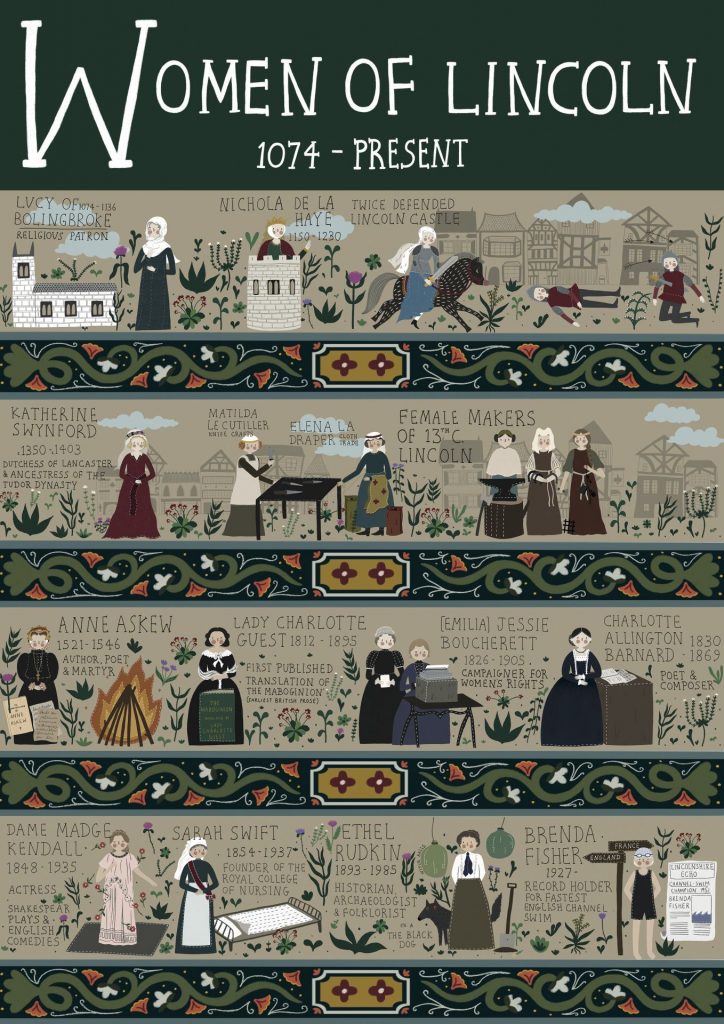
THE PROPOSAL
The history of England that is commonly known is mostly that of men’s achievements, wars and Kings and Queens. Women’s roles in /history are often overlooked or simply not considered. With a focus on Lincoln and Lincolnshire, I have proposed an art piece to show a timeline of women’s history in the area, including prominent individuals from different eras and backgrounds.
In line with my current modules (The Medieval Word, Visual and Material Culture, A World History of Art and Architecture) I have chosen the medium of a tapestry-style large format illustration, telling the story as a timeline through imagery and motifs used in art in the middle ages.
The aim is to visually summarise the question of how the lives of woman have changed throughout the history of Lincolnshire, and to reveal the women who paved the way for us to succeed and flourish here today. I am an art history student with a background in graphic design and illustration and I feel that this gives me a great opportunity to express a topic I am passionate about, using my artistic skills in a way that might be more accessible to those not studying history.
THE RESEARCH PROCESS
My research process for this project consisted of reading onto both individual histories and biographies (of those who are well documented), but also looking into wider topics of feminism, medieval social hierarchies and women’s roles in it, and popular culture surrounding women in Lincolnshire.
Louise Wilkinson’s ‘Women in 13th Century Lincolnshire’ proved essential to my understanding of the roles of women in medieval society and provided an enlightening perspective on women who were working or crafting in Lincoln; a subject often overlooked and underestimated.
Many women in 13th century Lincoln “had surnames that indicate an involvement in manufacturing or retail occupations”.[1] Examples include Elena la Draper, who’s name suggests involvement in the cloth trade, and Matilda la Cutiller, who’s name reveals that “she made her living by making, repairing and selling knives” and who kept her own shop in the Lincoln bail.[2] Both of these women are included in my illustrations, pictured in a manner similar to imagery of townswomen and traders in medieval tapestry art, influenced in particular by The Lady and the Unicorn tapestries designed by Pieter Coeck van Aelst [fig.1]
In the same category of women in work and craft, I illustrated three women whose names suggest involvement in metal crafts -typically seen as work done by men. The positioning of the women as a group of three is inspired by the composition of the tapestry called ‘The Three Fates’ made in the Netherlands in the early 16th century which shows three women (who represent figures from a mythological tale) spinning cloth [fig. 2].
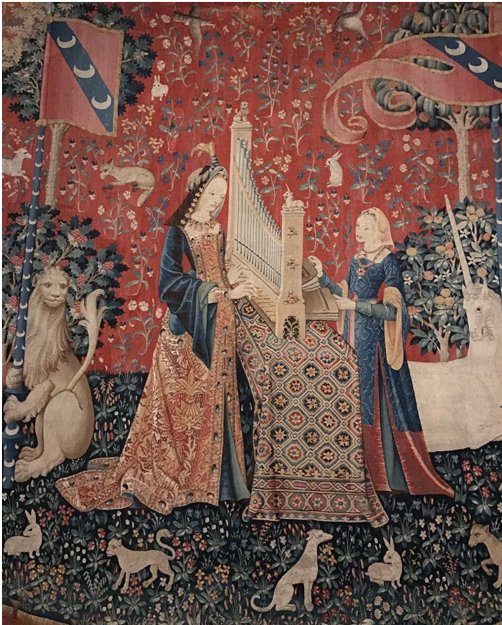

Three Fates, Unknown artist, early 16th C
Wilkinson’s book also detailed different aspects of life other than work for women in thirteenth century Lincolnshire such as legal matters, testamentary marriage evidence and gift-giving in wills, and also the lives of noblewomen.
Another prominent source for this project was ‘Medieval Lincoln’ by Sir Francis Hill, which provides a broad and thorough history if Lincoln from Roman settlements up to around the fifteenth century. In the section of the book called ‘The Castle and the Bail’ Hill writes about Lucy of Bolingbroke, also known as Lucia Thoroldsdottir) detailing her political roles in the history of Lincoln Castle – although largely in the context of her roles in relation to her husbands and father[3]. Wanting to know more about Lucy’s personal achievements and her own life, I looked for other writing about her and found ‘Noblewomen, Aristocracy and Power’ by Susan M. Johns. Lucy was an Anglo-Norman Heiress who, in later life, became a religious patron. She founded her own convent in Stixwould, Lincolnshire and Johns describes her as “one of the few aristocratic women of the late eleventh and twelfth centuries to achieve the role of independent lay founder[4].
I wanted to use some primary and archival sources for my research, and found them particularly useful for references for my illustrations. For example, I looked at tapestries and paintings to see how women in them were dressed or wore their hair in different periods, and for the women later in the timeline, photographs were available. In the University of Exeter and University of Falmouth special collections archives I found a description of a box of personal papers belonging to Ethel Rudkin, I was then able to use this to portray the sort of work Ethel did and the belongings she had which help to tell her story.
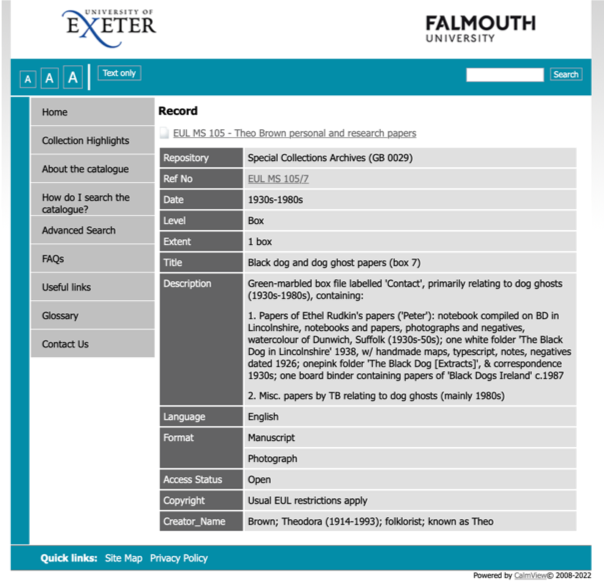
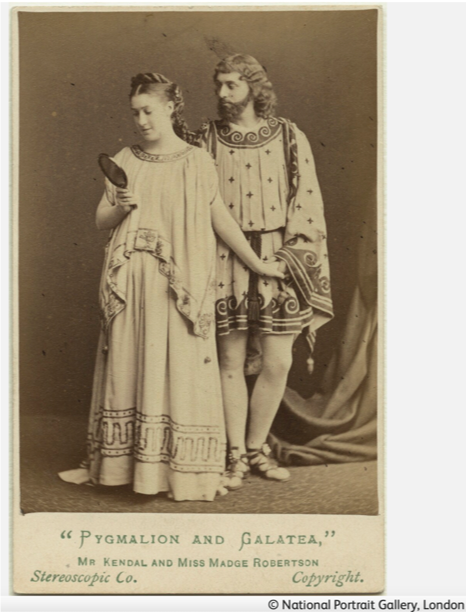
Reference photograph for illustration of Madge Kendal [Robertson]
After 1500, the histories of women in Lincoln begin to reflect the emergence of feminist ideas and movement towards women’s rights. Lady Charlotte Guest, Jessie Boucherett, Charlotte Allington Barnard, Sarah Swift and Ethel Rudkin are all examples of increasing education and literacy in women in the nineteenth century and their achievements paved the way for women after them to be able to achieve such things themselves. Jessie Boucherett was an avid campaigner for women’s rights and suffrage and the founder of the Society for Promoting the Employment of Women (presently known as Futures for Women) which still helps women with education and financial independence today and Sarah Swift was a nurse, organising nursing services in the First World War and eventually the founder of the Royal College of Nursing in 1916.
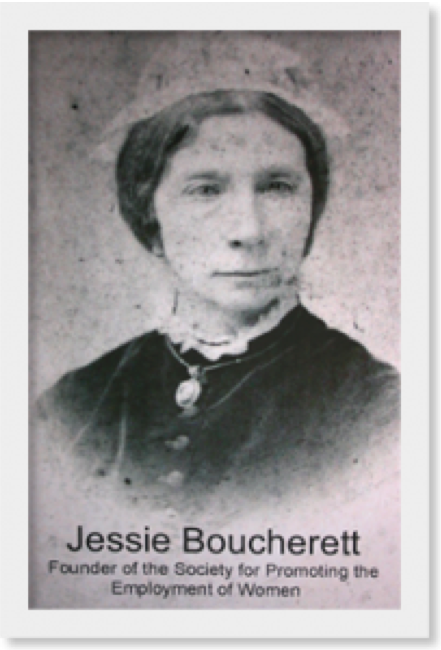



[top] Taking inspiration from the Bayeux tapestry, [bottom] research and visual experimentation around townswomen and women in 13th century Lincoln
BIBLIOGRAPHY
British Museum. [online source: https://www.britishmuseum.org/collection/term/BIOG177518]. Accessed January2022.
English Monarchs. ‘Plantagenet’ [online source: https://www.englishmonarchs.co.uk/plantagenet_83.html]. Accessed December 2021.
Futures For Women. ‘Jessie Boucherett – Suffragette and Founder of FFW Features in BBC Coverage’[online source: https://futuresforwomen.org.uk/2018/02/08/jessie-boucherett-suffragette-and-founder-of-ffw-features-in-bbc-coverage/ ]. Accessed December 2021.
Grimsby Telegraph. ‘Watch Brenda Fisher’s Historic English Channel Swim 50 Years On’ [online source: https://www.grimsbytelegraph.co.uk/news/nostalgia/watch-brenda-fisher-swim-english-744532]. Accessed January 2022
Hill. Sir Francis. Medieval Lincoln (Cambridge,1948). P.92-93
Johns, Susan M. Noblewomen, Aristocracy and Power (Manchester, 2003). Pg.60-61
Louth Museum. ‘Claribel Charlotte Allington Barnard’ [online source: https://www.louthmuseum.org.uk/blog/2013-12-02-claribel-charlotte-alington-barnard]. Accessed December 2021.
Open Plaques. ‘Madge Kendal’ [online source:
https://openplaques.org/people/22677]. Accessed January 2022.
Oxford Bibliographies. “Anne Askew’ [online source: https://www.oxfordbibliographies.com/view/document/obo-9780195399301/obo-9780195399301-0422.xml]. Accessed December 2021.
Oxford Reference. ‘Ethel Rudkin’ [online source: https://www.oxfordreference.com/view/10.1093/oi/authority.20110803100432502]. Accessed January 2022.
University of Exeter Special Collections Archives. Ref. EUL MS 105/7. [online source] description of ethel rudkin’s notebook papers http://lib-archives.ex.ac.uk/Record.aspx?src=CalmView.Catalog&id=EUL+MS+105%2F7 . Accessed February 2022.
Monoghan, Ooonagh. ‘Who is Sarah Swift?’ (October, 2018). [online source] https://library.blogs.lincoln.ac.uk/2018/10/04/who-is-sarah-swift/. Accessed January 2022.
University of Rochester. ‘Lady Charlotte Elizabeth Guest’. The Camelot Project. [online source] https://d.lib.rochester.edu/camelot/creator/charlotte-elizabeth-guest. Accessed December 2022. Wilkinson, Louise. Women in 13th Century Lincoln (Woodbridge, 2007). pg 96-99
[1] Louise Wilkinson, Women in 13th Century Lincolnshire (Woodbridge, 2007), p.96
[2] Wilkinson, Women in 13th Century Lincolnshire, p.99
[3] Sir Francis Hill, Medieval Lincoln (Cambridge, 1948), p.92-93
[4]Susan M. Johns, Noblewomen, Aristocracy and Power (Manchester, 2003), p.60.

* The Arts for Equality and Diversity Award from the BA Art History and History is generously supported by the HR Equality, Diversity and Inclusion Department. This year a series of projects have been selected for the University of Lincoln Festival of Creativity.